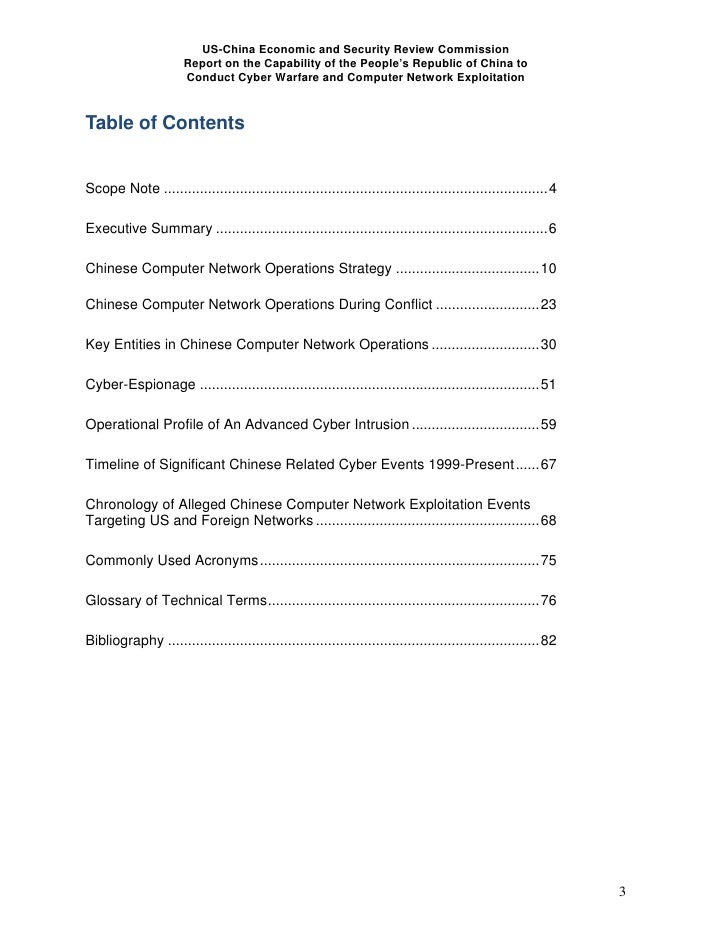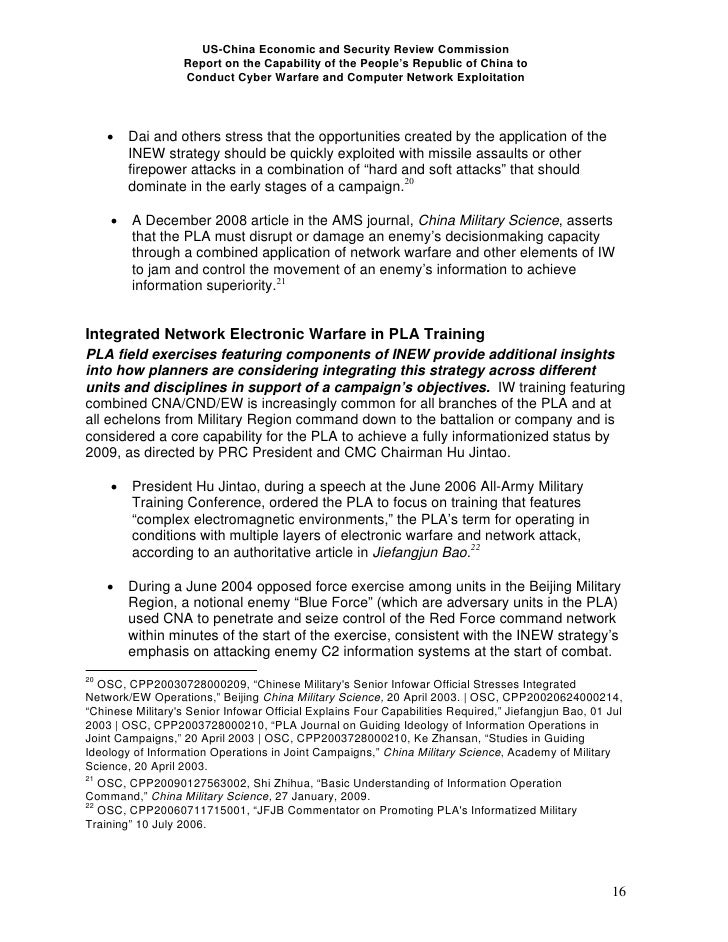
Dr. Radisic received the Northrop Grumman Space Technology Innovation Award for GHz InP HEMT Technology, IEEE Microwave Theory and Techniques Society (MTT‐S) Outstanding Young Engineer Award, and IEEE MTT‐S “Tatsuo Itoh” Best Paper Award published in the IEEE Microwave and Wireless Components blogger.comted Reading Time: 10 mins NG Next Basic Research is transforming the frontiers of emerging technology, for aeronautics and space, through collaborative research and development. NG Next Basic Research - Northrop Grumman This website is best viewed in browsers such Estimated Reading Time: 1 min Aug 01, · Northrop Grumman Maglev Research and Status. In Senator Moynihan proposed the introduction of a bill to fund Maglev R&D as part of his subcommittee on Infrastructure of the Senate Committee on Environment and Public Works. The experts that testified at this hearing formed a committee that prepared a report (the Maglev Technology Author: Richard J. Gran
NG Next Basic Research - Northrop Grumman
The Engineered RF Materials ERFM group explores and expands design of new engineered materials with unique electromagnetic properties, including those not found in nature. The ability to create materials with properties such as negative electric permittivity and negative magnetic permeability opens up a whole new design space for RF materials and structures. The Nanomaterials group explores potentially disruptive materials to the aerospace industry.
The group employs materials-by-design approaches and bottom-up synthetic strategies to study interfaces and transport. The Nanophotonics and Plasmonics group focuses on exploring and controlling light-matter interactions in nano-engineered materials.
Its work helps create custom-designed photon scattering and emission; advanced functional hyperbolic, non-reciprocal and nonlinear materials, and metasurfaces that tailor light.
The New Semiconductors and Devices group seeks to discover fundamentally new semiconductor materials and devices that can generate unprecedented RF speed and power for next generation electronics. The group also seeks new thermal solutions, and scalable processing technologies to help achieve smaller dimensions and improved performance.
Such disruptive new semiconductors and devices promise:. The Quantum Sensing and Metrology QSM group applies non-classical resources to the measurement of physical quantities with precision or accuracy beyond that allowed by classical physics. The Cognitive Autonomy group focuses on creating autonomous systems that solve problems like humans; i. combining stored information memories with new data to make decisions in real time to achieve goals in uncertain, complex, and dynamic situations.
The team creates, validates and verifies autonomy algorithms that allow autonomous systems to:. The team investigates exoplanet atmospheres, bio-signature gases, and stellar properties. This is done through a combination of theory and observation, particularly atmospheric modeling to predict the molecular spectra for a variety of exoplanet-star combinations and stellar characterization through exploiting data science techniques using observational data.
The results of these research projects will be used to inform next generation space-based observation. The Non-equilibrium Excited State Dynamics NESD group seeks to explore, understand, and predict physical phenomena from research paper on northrop grumman atomic to macro scale multi-scale, multi-paradigm theory. Its work includes study of quantum optic and nanophotonic devices; nanostructured and low dimensional materials 1D, 2D, such as graphene, carbon nanotubes ; and solid state phenomenology at nanoscale and femtoseconds extended to mesoscale and hours.
The Resilient Design RD group focuses on discovering new ways to think about and manage the uncertainties that are an inevitable part of the world in which systems are conceived, designed, manufactured, research paper on northrop grumman and sustained. By definition, resilient systems are more than simply robust and survivable, they must also be able to sense, identify and adapt to unexpected circumstances, and continue to perform their intended functions.
The RD group also studies the development environment in which assumptions are made about how, why, research paper on northrop grumman, and where systems will be used; what could go wrong; and how best to minimize unexpected conditions. The RD group is working toward a future state where systems are situation aware, self-aware, capable of evaluating their own capabilities and vulnerabilities, and ready to adapt appropriately to evolving, dynamic conditions.
In particular, the team is focused on the following areas of study:. Vesna Radisic is a Principal Scientist and Group Lead at NG Next. Her research paper on northrop grumman expertise is in the area of RF metamaterials, reconfigurable RF structures, nonlinear transmission lines, novel RF structures with 2D and nonlinear materials, and novel 3D printed RF structures. She has conducted original research in high frequency and THz electronics, high power microwave amplifiers, high frequency oscillators, high frequency packaging, and integration techniques of different technologies.
Radisic has 2 US Patents. She is a fellow of the IEEE Microwave Research paper on northrop grumman and Techniques MTT society. Radisic holds a PhD in Electrical Engineering from UCLA. Jesse Tice is a Principal Scientist and Group Lead at NG Next. His research interests include molecular chemistry, novel nanomaterials synthesis, and physical characterization of nanomaterials. Tice authored 12 peer-reviewed publications and has 9 patents pending. He is member of the American Chemical Society and Materials Research Society.
Together with USC Prof. Andrea Armani, Dr. Tice is Co-Director of NG-ION2 at USC. He also holds a Visiting Scholar appointment in Electrophysics at USC, research paper on northrop grumman. Tice received his PhD in Chemistry from Arizona State University. Philip Hon is a Staff Scientist and Group Lead at NG Next.
His research interests include characterization research paper on northrop grumman engineered nanostructured materials for active metamaterials in the RF through the IR regimes with an emphasis in application areas such as beam steering and shaping, thermal emission control, and breaking reciprocity.
Hon holds 3 current and 2 provisional US Patents. Hon holds a Visiting Researcher appointment at Caltech in the Department of Applied Physics and Materials Science. He received his PhD in Electrical Engineering with an emphasis in electromagnetics from UCLA. Vincent Gambin is a Principal Scientist and Group Lead at NG Next. He currently leads the New Semiconductors and Devices group in NG Next Basic Research, research paper on northrop grumman, investigating new materials and devices for next generation electronics.
Gambin has worked at Northrop Grumman for 14 years in the field of RF electronics, developing advanced GaAs, InP and GaN microelectronics.
He received his PhD in Materials Science and Engineering from Stanford University. Mark Knight is a staff scientist in the Non-equilibrium Excited State Dynamics group. Knight earned his Ph. at Rice University, working with Prof. Naomi J. His doctoral work focused on new plasmonic materials in the ultraviolet, and optoelectronics based on hot electrons resulting from plasmon decay. During his postdoctoral work, performed at the FOM Institute AMOLF in the Netherlands, research paper on northrop grumman, he studied how nanostructures can be applied to simultaneously improve optical and electrical transport research paper on northrop grumman photovoltaic devices.
Trisha Hinners is a Senior Scientist and Group Lead at NG Next. Her primary research focus is on the chemistry and physics in the formation of planetary systems and exoplanet atmospheres. Hinners plans on leveraging her background in nuclear physics to understand some of the more elusive nuclear chemistry reactions that occur due to UV, X-rays, and Galactic Cosmic Rays in young stellar-exoplanet systems.
Hinners was a NGIS Future Technical Leaders Program Graduate, a CTC Protégé, and held a NSF Women in Physics Fellowship from She received her PhD in Physics from Florida State University. This website is best viewed in browsers such as: Edge, Firefox, Chrome, or Safari. We encourage you to use one of these browsers for the best experience. Skip to content. Who We Are. Home Publications Research Team Contact Careers.
Engineered RF Materials ERFM. Nanomaterials Nano. Cognitive Autonomy inactive CA. Non-Equilibrium Excited State Dynamics inactive NESD. Resilient Design inactive RD, research paper on northrop grumman. Vesna Radisic Principal Scientist and Group Lead Engineered RF Materials Dr. Jesse Tice Principal Scientist and Group Lead Nanomaterials Dr.
Watch what happens after the James Webb Space Telescope launches - Science News
, time: 2:38Northrop Grumman Maglev Research and Status

Dr. Radisic received the Northrop Grumman Space Technology Innovation Award for GHz InP HEMT Technology, IEEE Microwave Theory and Techniques Society (MTT‐S) Outstanding Young Engineer Award, and IEEE MTT‐S “Tatsuo Itoh” Best Paper Award published in the IEEE Microwave and Wireless Components blogger.comted Reading Time: 10 mins Dec 16, · Financial Analysis of Northrop Grumman Essay Words | 23 Pages Analysis of Northrop Grumman Brandes, John Embrry-Riddle Aeronautical University MBAA Managerial Finance December 16, Dr. Summers Abstract The fiscal analysis of Northrop Grumman includes the examination of profitability, liquidity, and equity ratios, its 3 year stock NG Next Basic Research is transforming the frontiers of emerging technology, for aeronautics and space, through collaborative research and development. NG Next Basic Research - Northrop Grumman This website is best viewed in browsers such Estimated Reading Time: 1 min
No comments:
Post a Comment